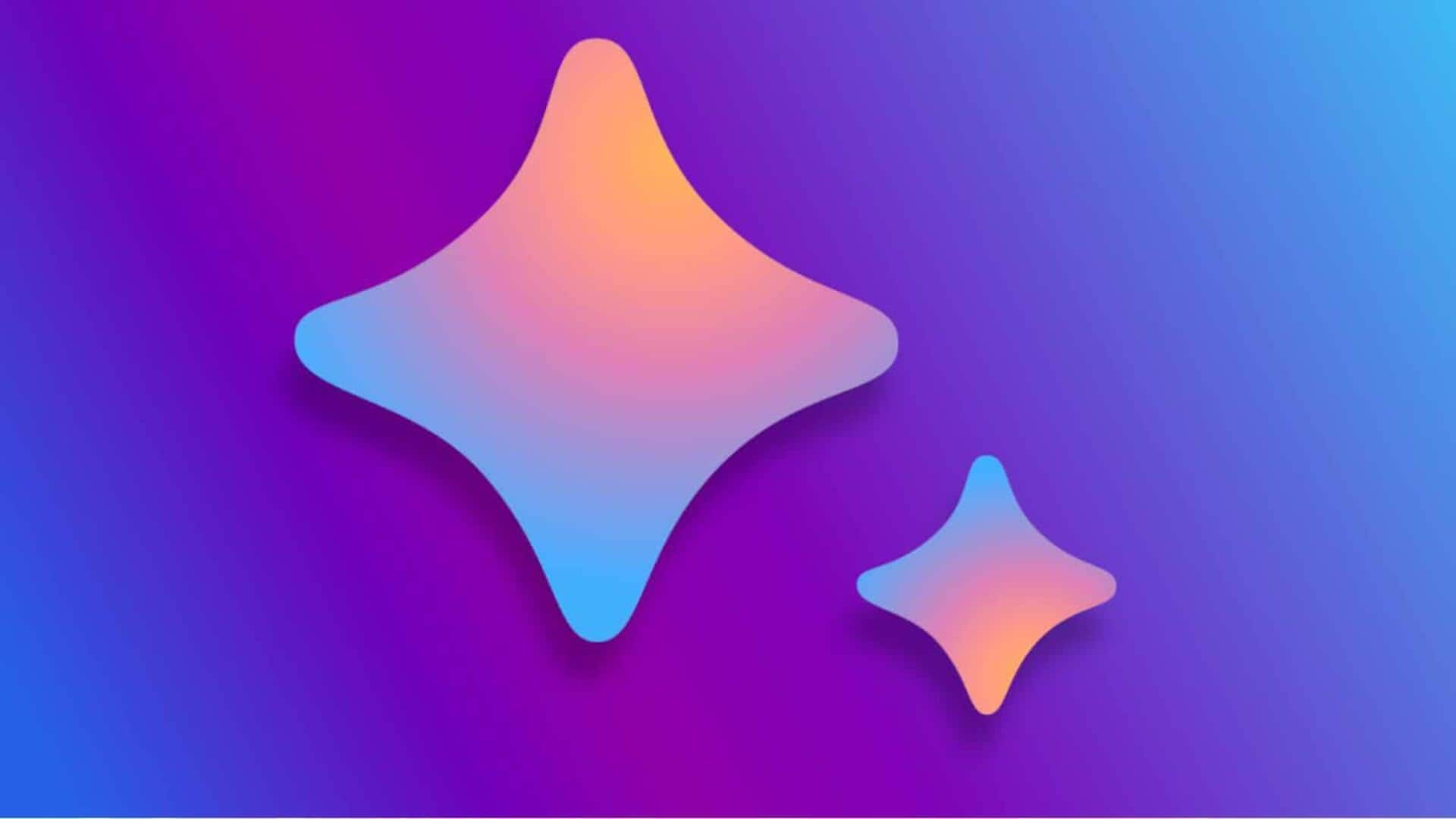
You can now create images using Google Bard: Here's how
What's the story
Google Bard now boasts AI image generation rivaling ChatGPT Plus, which has offered this feature for some time.
Users can ask Bard to create images using Google's Imagen 2 text-to-image model, by simply giving some prompts.
Powered by the Gemini Pro large language model (LLM), Bard's image generation is free, unlike ChatGPT Plus—a paid subscription, which uses GPT-4 and lets users generate images through DALL-E 3.
Goal
Responsible image generation
AI image generation came under fire recently, when explicit Taylor Swift deepfakes flooded X.
According to Google, Bard's image capabilities were developed with "responsibility in mind."
The company will integrate its watermarking feature directly into the pixels of the photos, serving as an indicator that the images are AI-generated.
Google also states that it has put in place technical measures and safety precautions to prevent the generation of deepfakes and to restrict violent, offensive, or sexually explicit content.
Another launch
Google brings a new experimental photo tool
Image generation won't be limited to Bard. Google has also launched ImageFX, an experimental photo tool using Imagen 2.
ImageFX enables users to craft images using basic text prompts, facilitating exploration of generative AI. Feedback loops directly to Google engineers.
Like Bard, ImageFX-generated photos will have a SynthID watermark and adhere to Google's AI principles and technical safeguards.
It complements Google's existing AI creative tools like MusicFX and TextFX, introduced last year, and is accessible for testing on Google Labs.
Additions
Bard expands language support and double-check feature
Although image generation is only available in English, Bard now supports over 40 languages in more than 230 countries, up from English-only support in 170 countries.
New languages include Arabic, Bengali, Tamil, and Urdu.
Additionally, Google has extended the double-check feature to all languages, enabling users to assess responses by automatically searching the web for supporting or contradicting information.